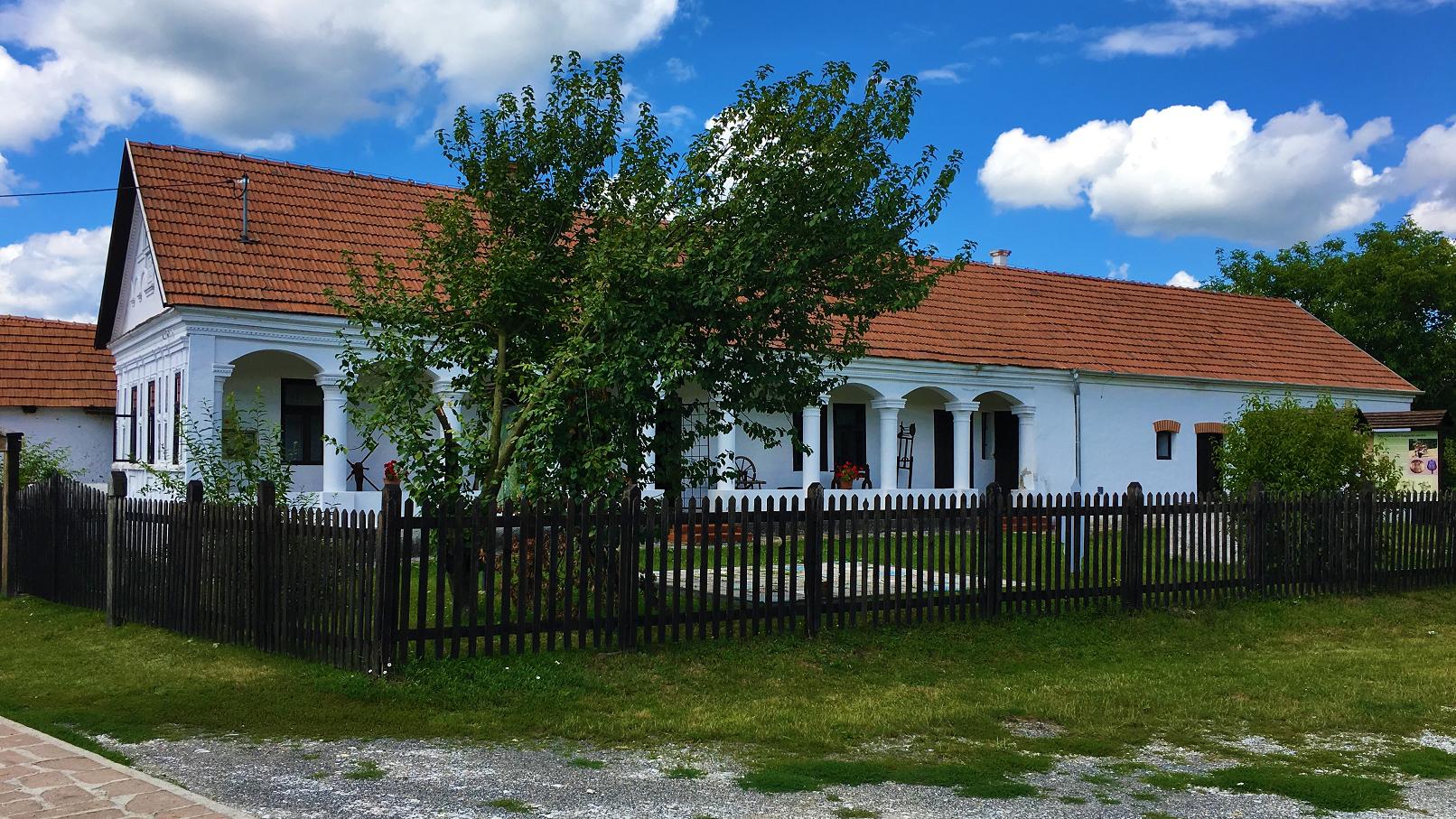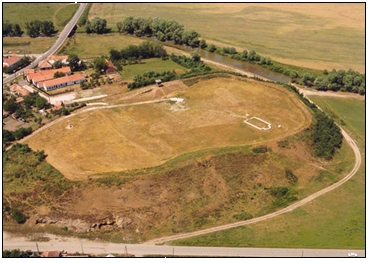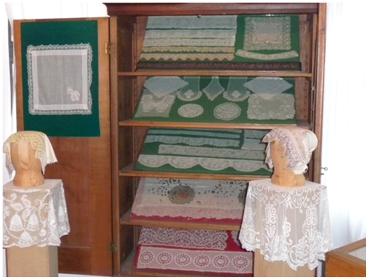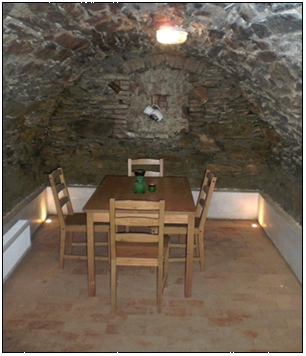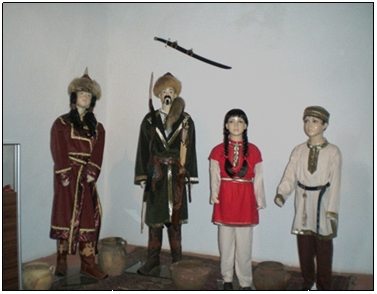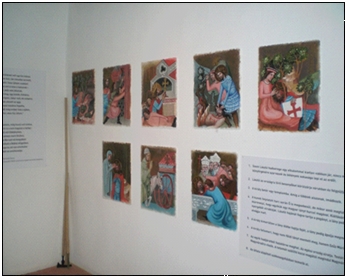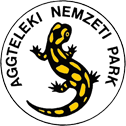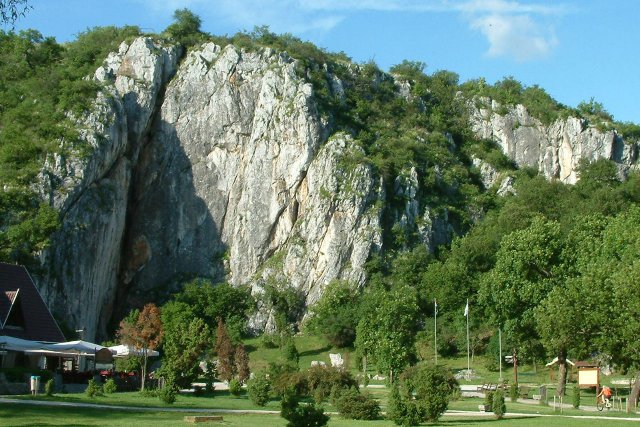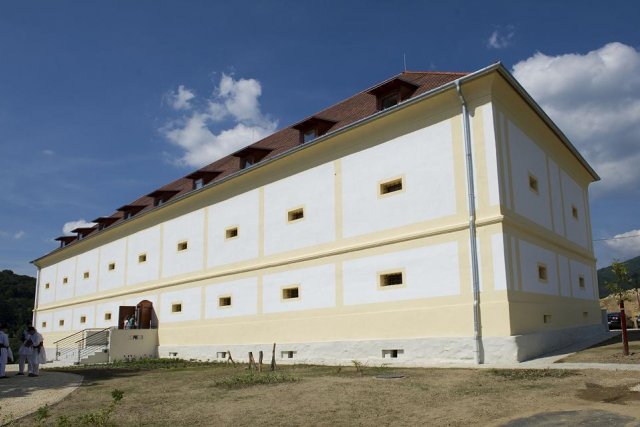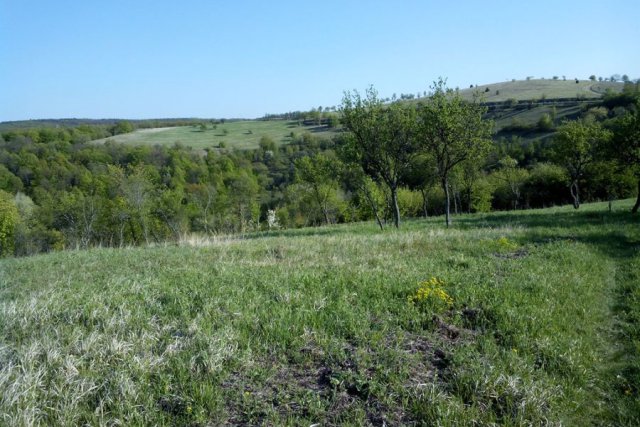Borsod Earthwork Fort Interactive Museum and Gastro Wine Cellar
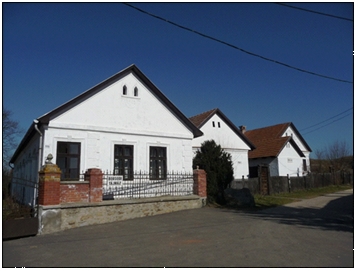
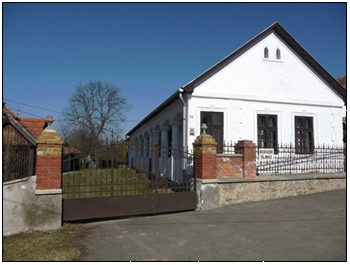
The Borsod County Museum: Szathmáry-Horkay House, Szűcs-Kiss-Szarka House and Vadászy House
The museum building consists of three houses and farm-buildings, fine examples of popular architecture typical to the area. The Szathmáry-Horkay House was built in the 1860's and purchased in 1987, while the Szűcs-Kiss-Szarka House was added in 1997 and the Vadászy House in 2000. The museum first opened its doors to visitors in 1991. The Borsod County Museum and Borsod Earthwork Fort are managed by the
Edelény Cultural Centre, Library and Szekrényessy Árpád Museum with the mandate to hold historical, ethnographic and architectural exhibits as well as display and protect these local and national cultural treasures. Tel: (+36) 30/628-3007
Open Hours:
March 1 – October 31: Tue-Sun: 0900 – 1700
November 1 – February 28: Tue-Sat: 0900 – 1700
Tickets:
Adult: 300 HUF
Student: 150 HUF
Teacher: Free
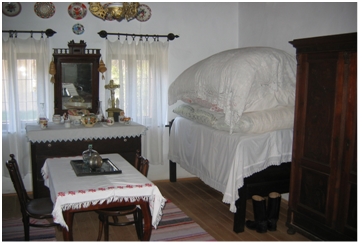
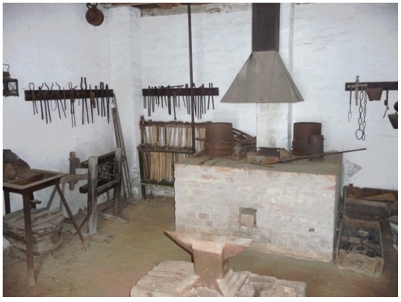
Salon/Drawing-Room/Parlour from the Early-20th Century, and Smithy
New Exhibitions at Four Locations
The ruins of the
Borsod Earthwork Fort from the
Árpád Dynasty are located at the edge of the city. Borsod County actually takes its name from this former stronghold. The fortification served as one of the most important strategic centres of the Hungarian Conquerors, up to the time of the Tartar invasion.The Borsod Earthwork Fort was the first secular and ecclesiastical centre created by King Stephen. The ramparts were erected in the 10
th century, with the wooden palisade being added in the 11
th century.Take in the spectacular panorama from atop the hill across the Bódva Valley. The most extensive remains of a 10
th century Hungarian village, earlier destroyed by fire, may also be examined here. The bailiff’s fort was consequently built where the village once stood. Archaeological excavations were carried out between 1987 and 1999. Their findings are on display.
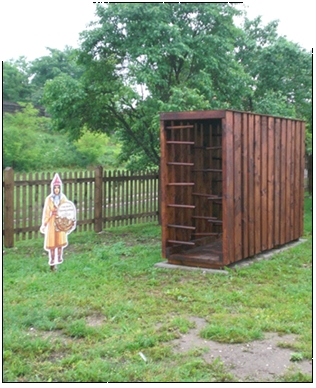
In the courtyard of the Vadászy House, informative signs explain the history of the fort, early weapons and clothing. For our younger visitors, an area is set aside for historical games where they can test themselves against the code of chivalry: courage, strength, swiftness, intelligence and dexterity. Visitors can try their hands at traditional weaponry such as the lance, shepherd’s axe, shield, and bow and arrow. Other signs depict aspects of knightly behaviour. The courtyard garden has been replanted with medicinal herbs common to the earlier era. By a gothic grave stone, funerary practices of knights from the Árpád Dynasty are also explained.
On a lower floor, a diorama of the 10
th century village is on display, as well as photos of the frescoes found in the
Árpád Dynasty era church in Szalonna. Imitation frescoes depicting the life of
St. Ladislaus I. of Hungary (c. 1040-1095) have also been installed. Moreover, two manikins have been dressed representing the two heroes in poet
Gyula Reviczky’s (1855-1899) novella
Edelény, Until Death Do Us Part (1884), Sir Edelény and King Ladislau’s daughter Princess Ilona. Early musical instruments are also on display. Recordings of these instruments may be heard with the assistance of the computer in the gallery.
Lace Room
In the gastronomic and wine cellar, visitors can learn about the rich wine culture around Edelény. In particular, the lives of local viticulturists Gyula Miklós (born in Fink, but later moved to Edelény) and Ferenc Lónyay are shared, as well as a collection of traditional drinking vessels. The cellar is available to host events and groups interested in sampling the local wines and schnapps.
Recent Museum Renovations
The Borsod County Museum and one of its buildings, Szathmáry-Horkay House, were renovated by the Edelény Local Authority in 2013 thanks to a grant from the
Regional Development Agency of North-Hungary (grant ÉMOP-2.1.1/B-09-2009-0023). The total cost of the project was 70,992,625 Huf (227,160 Euro). Government support amounted to 85% of the total costs, or 60,343,731 Huf (193,086 Euro).
Under the project, the partly demolished barn of the Vadászy House was rebuilt to its original specifications. Sanitary facilities were constructed, and galleries built to house temporary exhibitions as well as the permanent interactive exhibition about the Borsod earthen fortifications next door. Technical support was also installed. In the basement, the wine cellar was created.
Come check out our new exhibitions!
For more information:
Cultural Centre, Library and Museum
Tel: (+36)-48-525-080
Web:
www.emkkm.hu
